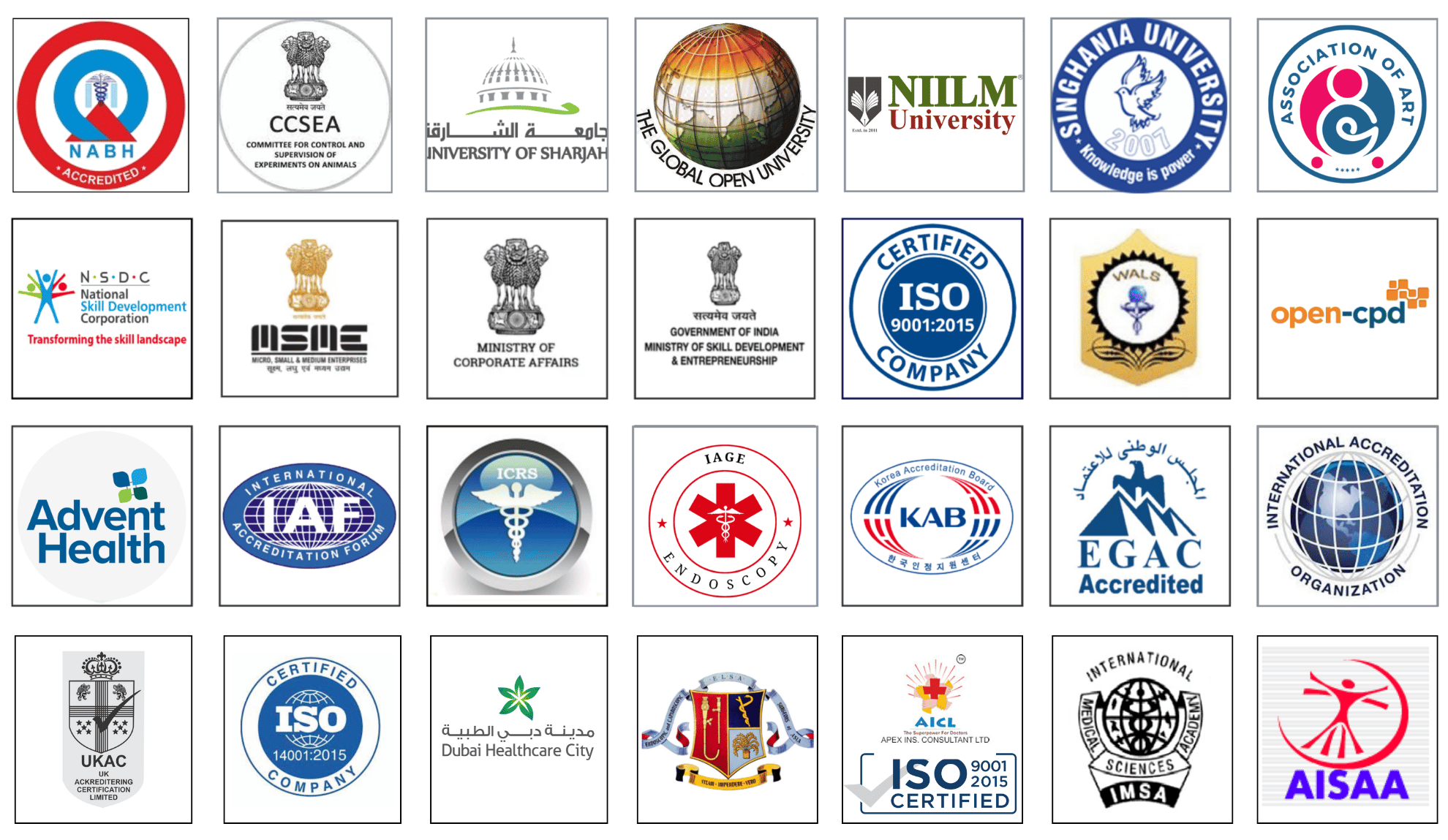Breaking the Silence: Innovations in Stress Urinary Incontinence Management
Stress urinary incontinence (SUI) is a common yet often overlooked condition that significantly impacts the quality of life of millions of individuals, particularly women. Characterized by the involuntary leakage of urine during activities that increase abdominal pressure, such as coughing, sneezing, laughing, or exercising, SUI results from the weakening of the pelvic floor muscles and urinary sphincter. Although SUI has historically been shrouded in stigma, recent advancements in medical technology and treatment options have provided new hope for those affected. This essay explores the latest innovations in the management of SUI, including non-invasive therapies, surgical interventions, and emerging regenerative medicine techniques.
Non-Invasive and Conservative Therapies
Traditionally, the first line of defense against SUI has been conservative management, which includes pelvic floor muscle training (PFMT), behavioral therapy, and lifestyle modifications. PFMT, commonly known as Kegel exercises, has long been recommended as an effective method for strengthening the pelvic muscles and improving bladder control. However, recent innovations have enhanced these exercises through biofeedback and electrical stimulation, which help patients achieve more precise muscle engagement.
Another breakthrough in conservative therapy is the use of wearable devices that track pelvic muscle activity and provide real-time feedback. Smart Kegel trainers equipped with sensors and mobile applications guide users through exercises, ensuring correct technique and improving adherence to therapy. Additionally, non-surgical interventions such as vaginal laser therapy and radiofrequency treatments have gained traction for their ability to stimulate collagen production, thereby improving the structural integrity of the pelvic floor.
Surgical and Minimally Invasive Procedures
For patients who do not respond to conservative therapies, surgical and minimally invasive procedures offer viable solutions. One of the most significant advancements in this domain is the midurethral sling procedure, which has become the gold standard for SUI treatment. This procedure involves the insertion of a synthetic or biological sling to provide support to the urethra, reducing leakage during physical exertion.
Recent innovations in sling materials and techniques have improved the safety and efficacy of this procedure. For instance, laser-cut meshes and absorbable slings have been developed to minimize complications associated with traditional synthetic materials. Furthermore, the development of adjustable sling systems allows for postoperative modifications, ensuring optimal patient outcomes.
Another promising approach is the use of bulking agents, which involve injecting biocompatible materials into the urethral walls to enhance closure function. Advances in biomaterials have led to the creation of longer-lasting and more effective bulking agents, reducing the need for repeat procedures. Additionally, the rise of robotic-assisted surgery has improved the precision and success rates of SUI surgeries, minimizing recovery time and postoperative complications.
Emerging Regenerative Medicine Techniques
Regenerative medicine is revolutionizing the field of SUI management by harnessing the body’s natural ability to heal and restore function. Stem cell therapy, for example, has emerged as a groundbreaking technique aimed at regenerating damaged urethral sphincter and pelvic floor muscles. Research has shown that stem cells derived from adipose tissue, bone marrow, or muscle biopsies can be injected into the urethral sphincter, promoting tissue repair and muscle regeneration.
Another innovative approach is the use of tissue engineering to create bioengineered scaffolds that support cellular growth and integration. These scaffolds, combined with growth factors, can be implanted in affected areas to stimulate tissue repair and restore continence function. While still in experimental stages, these technologies hold great promise for providing long-term, natural solutions for SUI sufferers.
Conclusion
The management of stress urinary incontinence has undergone remarkable advancements in recent years, breaking the silence surrounding this once-taboo condition. From non-invasive therapies that empower patients to take control of their pelvic health to cutting-edge surgical techniques and groundbreaking regenerative medicine approaches, the future of SUI treatment is brighter than ever. As awareness and innovation continue to grow, individuals suffering from SUI can look forward to improved quality of life and greater confidence in managing their condition. With ongoing research and technological progress, the hope for a permanent, non-invasive cure for SUI is becoming an increasingly achievable reality.
| Older Post | Home | Newer Post |


